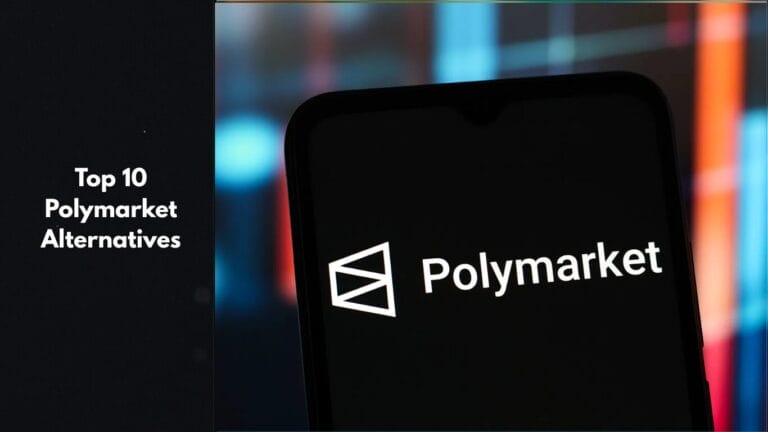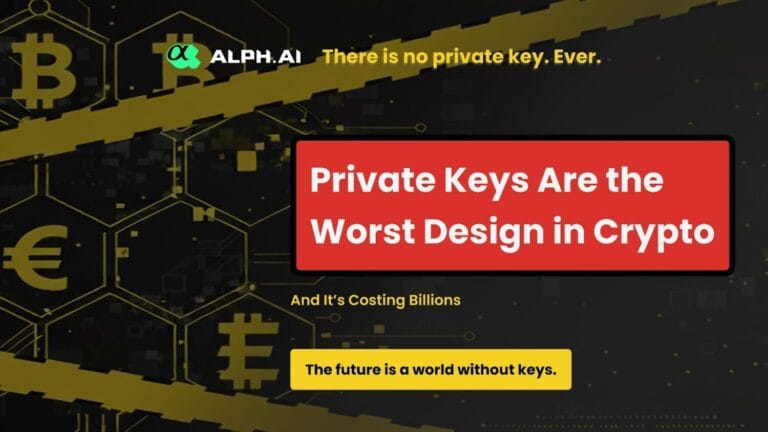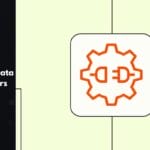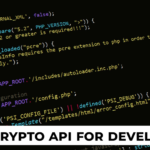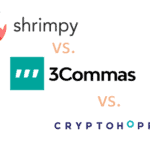The tokenized real-world assets market is currently experiencing explosive growth. By the end of 2024, blockchain-based RWAs reached an impressive total of $15.4 billion, marking an 80% year-over-year increase. The primary driver behind this remarkable surge is tokenized U.S. Treasury bonds, which alone saw growth of 415%, hitting $3.96 billion. Following closely are private credit and commodities, showing steady progress with annual growth rates of 48% and 32.6%, respectively.

What lies behind these outstanding figures? It’s not merely the influx of institutional investors or improvements in the regulatory environment—it’s a new management paradigm called Decentralized Autonomous Organizations. DAO governance has emerged as a pivotal factor, fundamentally transforming traditional approaches to asset ownership and management.
Table of Contents
Why DAO Governance Has Become Essential for RWAs
Managing real-world assets via DAOs provides what traditional finance fundamentally lacks: complete transparency, decentralization, and collective decision-making. This attracts substantial capital previously kept at a distance from crypto-economics.
The most notable example of this trend was MakerDAO’s (now Sky) decision to allocate $1 billion toward tokenized U.S. Treasury obligations. The DAO selected funds from BlackRock-Securitize ($500 million), Superstate ($300 million), and Centrifuge ($200 million) through open community voting. Remarkably, the entire asset-selection process was conducted publicly, a stark contrast to the behind-closed-doors decision-making of traditional finance.
Innovation Across Key Verticals
To understand the full scope of the RWA innovation, it’s essential to explore the main domains driving innovation. The tokenization of real-world assets isn’t a monolithic trend—it’s unfolding across distinct verticals, each contributing to a more decentralized, transparent financial system.

1. RWA Infrastructure
This category covers the foundational layer that makes tokenization possible—from regulatory compliance tools and smart contract-based settlements to systems that assess risk or facilitate on-chain governance. These projects enable traditional assets to integrate with DeFi securely and efficiently.
2. Asset-Backed Tokenization
Here, tangible assets such as real estate, raw materials, and physical infrastructure are digitized and represented on the blockchain. This approach opens new channels for fractional ownership, global liquidity, and direct investor engagement.
3. Digital Financial Instrument Tokenization
This domain focuses on turning traditional financial products like bonds, equities, and credit instruments into blockchain-native tokens. These tokens can be traded or governed using smart contracts, creating programmable and interoperable financial ecosystems.
Leading Use Cases of DAO Governance in RWAs: Real Revolution or Hype?
Gold DAO: Gold Without Banks or Middlemen
Gold DAO, a joint initiative with ORIGYN, introduced a novel standard for investing in gold. By issuing GLD NFTs, each token corresponds to actual physical gold stored securely in Swiss vaults. Investors can freely exchange these NFTs for liquid ERC-based GLDT tokens, enabling even small investors to gain exposure to gold and voting rights within the DAO.
The critical innovation is DAO-based governance via the Internet Computer Protocol (ICP), which empowers investors to directly control and audit the gold reserves, completely bypassing traditional banking channels. This approach significantly reduces fraud risk while enhancing investor trust through genuine asset ownership and transparency.
Propchain DAO: Democratizing Real Estate Investments
Real estate tokenization is among the most promising niches within RWAs. Propchain launched the first DAO solely dedicated to tokenized real estate, allowing token holders to make strategic decisions on platform development, asset tokenization, and treasury management.
The DAO governance structure ensured total transparency in decision-making processes, significantly lowering entry barriers for everyday investors. Small investors now have voting power in decisions historically dominated by major institutional players behind closed doors.
Centrifuge and MakerDAO: Lending Without Traditional Banking
Another revolutionary case is Centrifuge’s use of DAO structures in lending. Centrifuge created “DAO pools,” enabling participants to invest directly in tokenized private credit and trade finance. In 2024, Centrifuge channeled roughly $220 million of private credit through MakerDAO, entirely managed by DAO governance. This setup ensures full transparency of lending conditions and profit distribution among DAO participants.
The Sharp Edges of DAO Governance
Although DAO governance in managing RWAs appears promising, several critical challenges remain on the path to mainstream adoption.
Regulatory Deadlock
One pressing issue remains the unclear legal status of DAOs. Despite positive steps by individual states like Wyoming in the United States, the SEC maintains a stringent stance, complicating DAO operations. In contrast, the EU’s MiCA regulations and the UK’s recognition of tokens as a novel form of property are creating a more favorable environment.
Community Passivity
Many DAOs face low voter participation. If fewer than 20% of token holders engage in decision-making, governance can be easily captured by small groups or malicious actors—a vulnerability already witnessed by major DAOs like Compound and Uniswap.
Security, Complexity, and Trust
While DAOs rely on smart contracts to ensure transparency and automation, the broader crypto experience is still far from user-friendly. For the average retail investor, the process of interacting with DAOs often feels fragmented, technical, and risky. Wallet connections, signing transactions, understanding protocol logic—these steps are second nature to crypto natives, but intimidating to newcomers.
Beyond usability, trust remains a critical barrier. Retail users want to know their money is safe, and yet headlines are filled with news of protocol exploits, bridge hacks, or governance takeovers. Until DAO ecosystems offer decentralization and the confidence and clarity of traditional platforms—where one tap delivers the asset, the legal agreement, and proof of ownership—mass adoption will remain out of reach.
The Future of DAO Governance in RWAs: Numbers, Trends, and Realistic Outlook
The outlook for the tokenized asset market is exceptionally promising:
● According to ScienceSoft projections, the tokenized real estate market alone could reach $30 trillion by 2030 (around 15% of the global real estate market).
● RealtyX DAO estimates that the volume of tokenized U.S. Treasury bonds could surpass $20 billion by 2027 if current growth rates persist.
● TDeFi analysis indicates that by 2028, at least 50% of major institutional investors plan to integrate DAO governance into their asset management processes fully.

Complementing these forecasts, Roland Berger’s research underscores the profound transformation underway in the market. According to their conservative scenario, the total market value of tokenized assets will reach at least $10.9 trillion by 2030. Real estate, debt instruments, and investment funds are expected to lead the tokenization market, driven by the substantial size of underlying assets and proven use cases.
Additionally, the coming years will bring significant technological advancements, including the adoption of the ERC-3643 standard (with integrated KYC and compliance protocols), the growth of specialized blockchain platforms like Plume Network and re.al, and further integration of DAOs into traditional financial systems.
The bottom line
DAO governance in managing tokenized real-world assets has already become integral to the global financial system. Today, it is no longer an experiment but an established practice, competing on equal footing with traditional financial institutions. Technological improvements, regulatory clarity, and broader acceptance of the advantages of decentralization are essential to further accelerate adoption.
We stand at a pivotal moment. Will the traditional financial sector adapt and integrate the opportunities that DAOs offer? Or will decentralized asset management become the new market standard, replacing legacy approaches altogether? The answers to these questions will shape the global economy for decades to come.
Author: Roman Melnyk, Chief Marketing Officer at DeXe.io.


